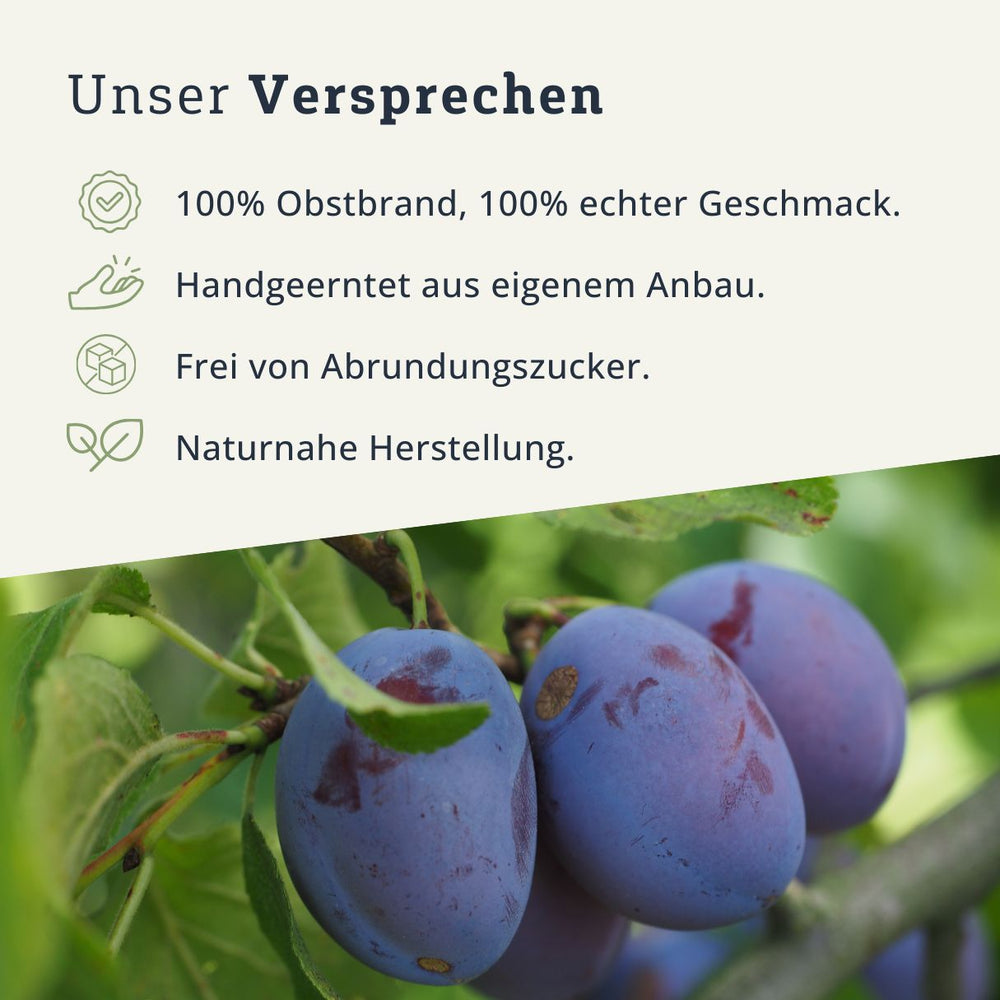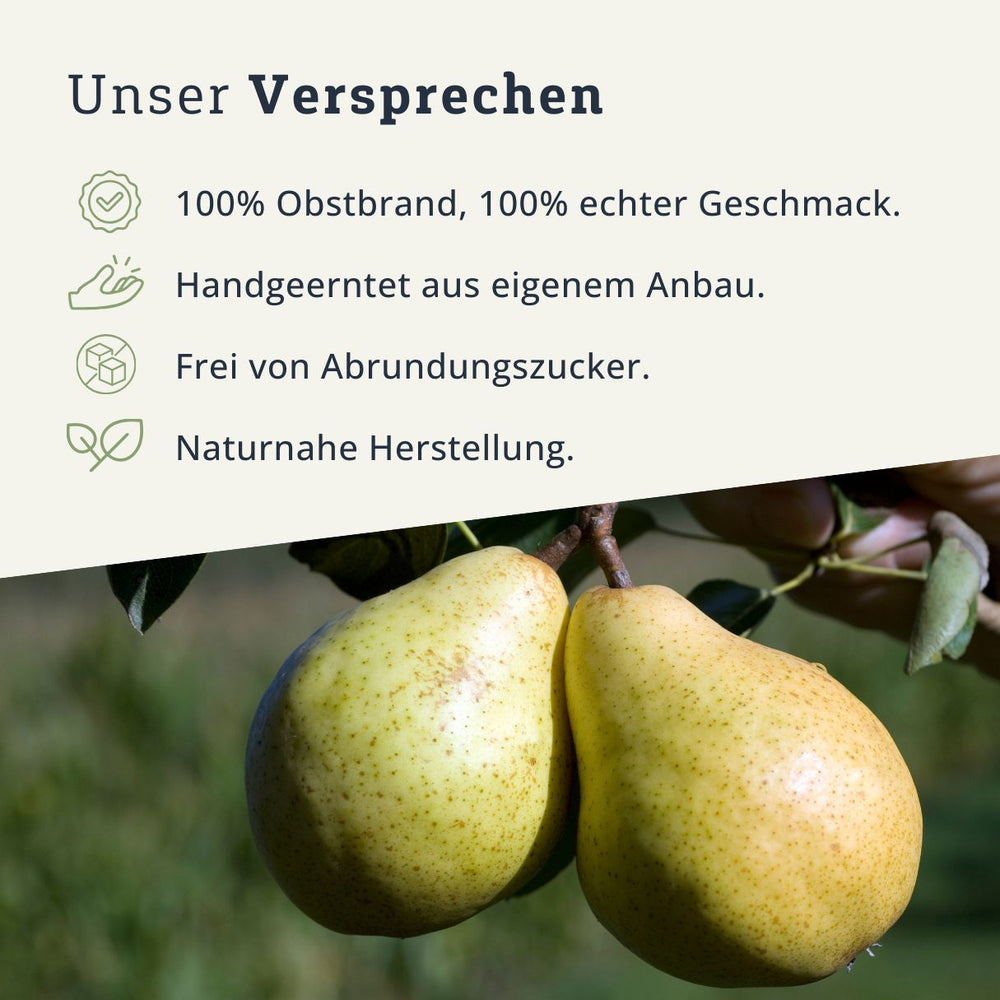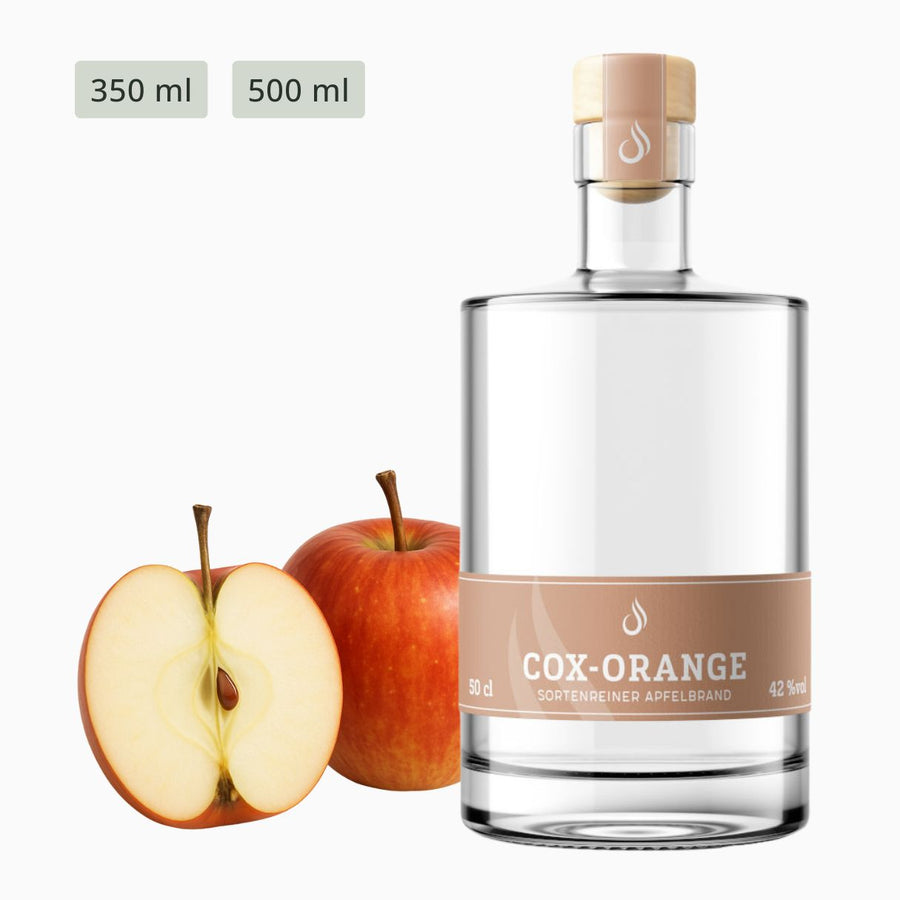Why do you get a hangover?
Recently, I received a text message from a friend one night. He was out and about, obviously a little tipsy: "Andrea, why does cheap liquor give you a headache but expensive liquor doesn't?"
The wording of the question is a bit short, but it was already the middle of the night... What was meant, of course, was why bad liquor is more likely to give you a headache than good liquor.
We're lucky if it's just a headache. Often, aches and pains, nausea (even vomiting), profuse sweating, general malaise, depression, and loss of appetite are also present. Of course, poor concentration and fatigue are also included. Recovery can take up to three days.
To answer this question thoroughly, we need to look at why people get a hangover. There are several causes.
1. Hangover due to dehydration
We've probably all noticed that drinking alcohol makes you very thirsty. There's even advice out there: Drink a glass of water after every alcoholic drink to lessen the hangover. And it really helps! But why does the body actually become dehydrated?
We need our kidneys to maintain a well-regulated water balance. The kidneys not only purify the water but can also enrich it with nutrients. Once the kidneys have done their job, some of the water goes into the bladder (we need to pee) and some goes back into the blood (reabsorption). To return the water to our bodies, we need a hormone: vasopressin (ADH = antidiuretic hormone) . This hormone ensures that the water from the kidneys not only reaches the bladder but is also returned to the body. A wonderfully functioning cycle.
But: As soon as we consume alcohol (or coffee), the production of the hormone ADH in the hypothalamus is inhibited. And when ADH isn't present, the kidneys can no longer return the water to the body's bloodstream, but instead only to the bladder . The consequence: We pee frequently and become dehydrated. At the same time, we also lose important minerals, and there's also electrolyte loss .
2. Hangover from bad alcohol
Now let's get to the essence of the original question: bad alcohol. Indeed, there are different types of alcohol that have different effects on our bodies. When a fruit mash ferments, alcohols are produced along with other volatile components. You can find a list in the following figure.
The first column lists alcohols, aldehydes, and esters, while the column directly to the right lists their respective boiling points. The abbreviations in the last column stand for first cuts (FLC), middle cuts (ML), and last cuts (NL).
During the distillation process, the mash is heated. As the temperature rises, the volatile components contained within it boil one after the other . Unfortunately, not strictly in sequence; the transitions are fluid.

The first component of a distillation process is the foreshots . As shown in the table, this consists primarily of acetaldehyde, ethyl acetate, and acrolein. These components are byproducts of fermentation. Poor fermentation results in more foreshot components, which is referred to as a faulty fermentation . This component needs to be "separated," i.e., collected in a separate bucket. Because foreshots not only taste terrible, they also give you a headache. 🙂 We also refer to a faulty fermentation when methanol has formed:
The next alcohol, and the most important for us distillers, is ethanol . This makes up the bulk of the middle run. This separation between the foreshots and the middle run is therefore crucial.
Other components that contribute to a severe hangover are so-called fusel alcohols , or higher alcohols. As we can see from the table above, these only appear at high temperatures—i.e., during the aftertaste. The following diagram clearly illustrates this fluid transition.
The yellow area is the foreshot, the green area is the middle cut, the good distillate and the red area is the tails.
By the way: Fusel alcohols tend to be more common in spirits, rum, whiskey, and cognac. This is simply due to the way they are produced.
Methanol
Now a word about methanol, because it's also an undesirable alcohol. Methanol is a highly toxic alcohol, and in excessive amounts, it's known to cause blindness and sometimes organ failure. Of course, methanol also causes a nasty hangover. Methanol is always present in fruit mashes. Fortunately, in good fruit mashes made with clean ingredients, the methanol content is harmless and very low.
However, if the process is sloppy, for example, if a lot of leaves, branches, and wood are mashed, the methanol content will be higher. And although methanol boils much earlier than ethanol, it's difficult to separate and instead appears throughout the distillate.

3. Hangover caused by byproducts of alcohol breakdown in the body
When the body is busy breaking down alcohol, toxic byproducts are created that increase the discomfort.
First, the body produces an enzyme (alcohol dehydrogenase) that breaks down ethanol into acetaldehyde , which is highly toxic. This acetaldehyde is further broken down by a second enzyme, aldehyde dehydrogenase , into nontoxic acetic acid . This process is quite strenuous for the human body. If a lot of alcohol has to be broken down, we literally break out in a sweat.
These two enzymes also break down methanol . What's interesting is that the breakdown products of methanol are first formaldehyde and then formic acid – both highly toxic. Too much formic acid in the blood leads to acidosis, which can be fatal. (In acidosis, the pH value in the blood drops.)
Methanol poisoning can occur by consuming spirits with too much head—that is, when a distiller improperly separates the head during distillation or does not separate it at all. The lethal dose of methanol is between 5 and 30 ml for women and children and around 100 ml for men (Moeschlin, 1980; Wirth and Gloxhuber, 1994).
Fun fact: There is an antidote for methanol poisoning: ethanol ! This is because the body always breaks down the ethanol first, with the help of the two enzymes mentioned above. So, if a body is poisoned with methanol and we introduce ethanol into it, the two enzymes alcohol dehydrogenase and aldehyde dehydrogenase will immediately attack the ethanol. The methanol is initially ignored, so its breakdown products (formaldehyde and formic acid) are no longer produced. The methanol is then excreted through the lungs and urine.
4. Hangover due to bad air and lack of sleep
Now let's come to the last factor that leads to a hangover. It's often overlooked, but it's actually quite trivial. Let's be honest: When we consume large amounts of alcohol, it doesn't happen during our usual daily routine (at least I hope so!), but rather during our leisure time, late in the evening and into the night. The disruption to our usual sleep promotes a hangover. Furthermore, a late-night drink in a smoky bar is even more detrimental to a hangover than if we were out partying in the fresh air.
Conclusion
The quality of a distillate clearly has a direct impact on the duration and severity of a hangover. Therefore, it makes sense to choose high-quality beverages when consuming alcohol. Of course, this is usually reflected in the price. Lower-quality spirits are simply cheaper to produce than high-quality ones. The saying "quality over quantity" isn't without reason. 😀
Disadvantage: even if we drink too much good liquor, we will not be completely spared from a hangover.
The good thing is: we can counteract dehydration by drinking enough water.
Our bestsellers
View all
Author Andrea
Not only do I love distilling, but I also enjoy sharing my knowledge, experience, and passion. In my blog posts, I take you on a journey through everyday life at our distillery and on our small business. Of course, there are also drinks to enjoy along the way.













Leave a comment